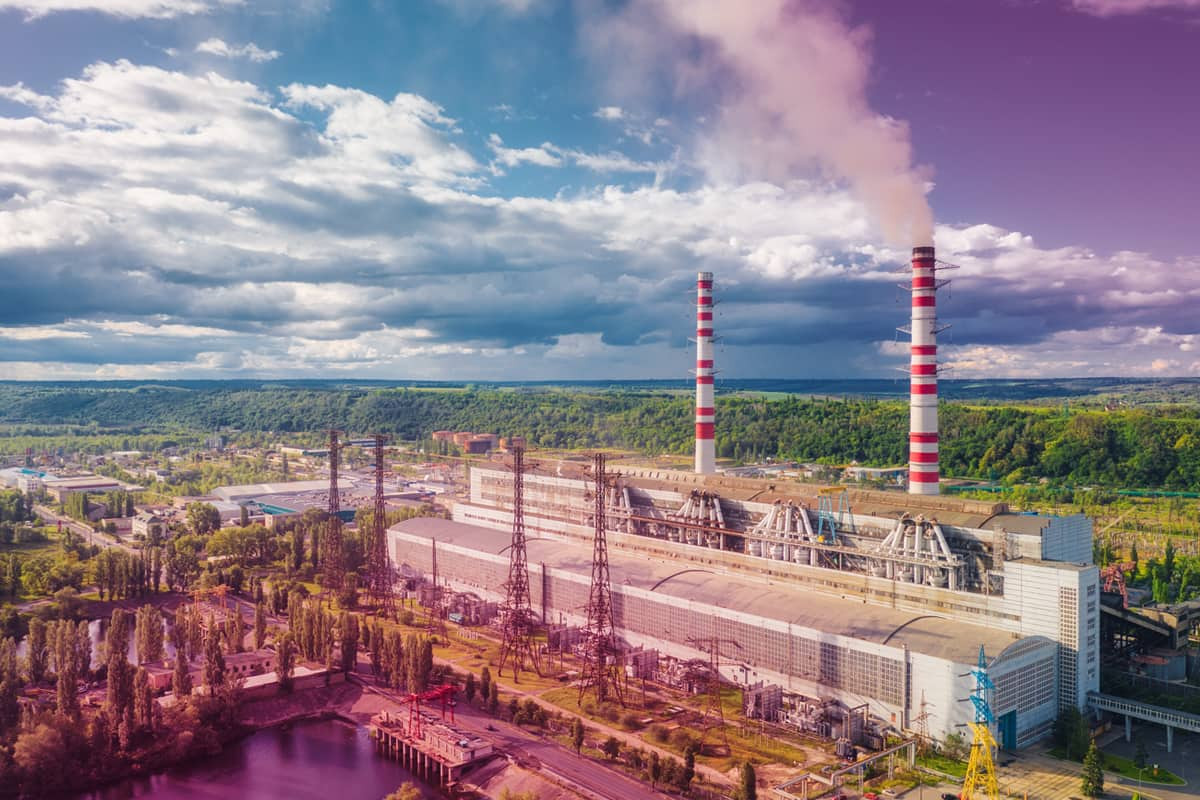
What is a Thermal Power Plant? How Does It Work?
What is in this article?
The growing world population leads to an increase in energy demand. Various systems are used to generate the electrical energy required by the population.
Thermal power plants account for 64% of these systems. In industrialized countries, the share of thermal power plants is 95% in the Netherlands, 76% in England, 70% in the United States, 68% in Germany, and 64% in Japan. In Turkey, this ratio is about 30 percent.
Since thermal power plants generate energy by burning non-renewable energy sources, they are powered by resources such as coal and oil. Coal has very large reserves as it is distributed over larger geographical areas compared to other fossil fuels.
According to the World Energy Council reports, coal, which is found in about 80 countries, is mostly found in the United States. Nearly 90 percent of total reserves are in the U.S., Russia, China, Australia, India, Germany, Ukraine, Kazakhstan and the Republic of South Africa.
Find out why thermal power plants account for such a large share of energy production in this article.
What is a Thermal Power Plant?
Thermal power plants are one of the most widely used methods of meeting energy needs. They convert the chemical energy of various fossil fuels such as natural gas, hard coal and lignite into electrical energy.
In thermal power plants, fossil fuels that serve as energy sources are burned under suitable conditions. The energy obtained from fossil fuels is converted into electrical energy by alternators, which convert the resulting mechanical energy into alternative energy.
How do You Generate Electricity with a Thermal Power Plant?
Electricity is generated in thermal power plants using thermal energy. To understand how these fossil fuel power plants work and how electricity is generated, the types of thermal power plants should be studied first.
Depending on the type of thermal power plant, different raw materials are used. Therefore, although the methods of electricity generation are basically the same, they may differ depending on the type of power plant.
Types of Thermal Power Plants
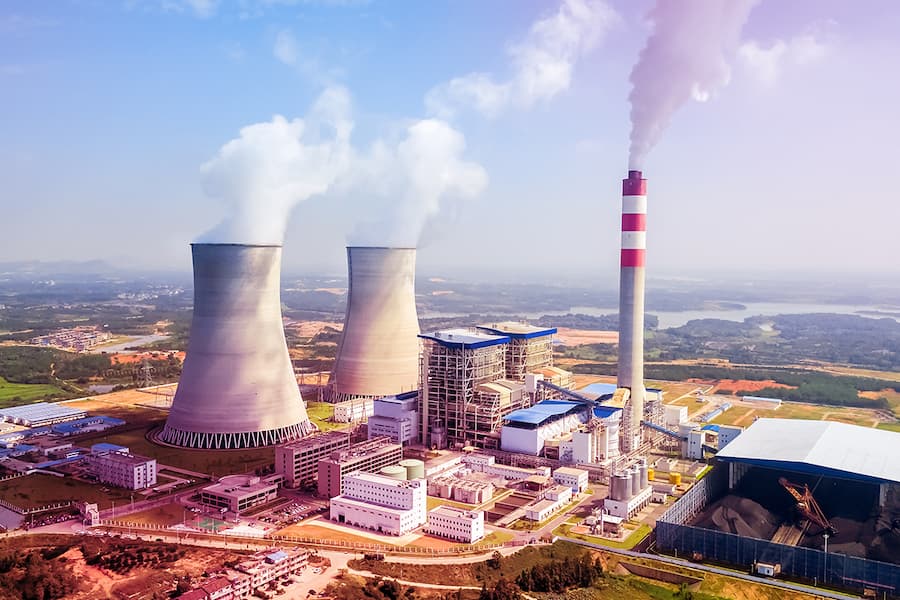 Thermal power plants are divided into three categories: diesel power plant, steam turbine power plant and gas turbine power plant.
Thermal power plants are divided into three categories: diesel power plant, steam turbine power plant and gas turbine power plant.
These power plants, whose operating systems are generally similar, are based on the generation of thermal energy using fossil fuels.
Thermal energy is first converted into mechanical energy and then into electrical energy.
-
Diesel Power Plants
Today, diesel power plants are generally used in buildings such as television stations, hospitals, and factories when electricity fails, or in places such as deserts and ships where it is not possible to supply electric power.
In addition, it is also used in foundries, rolling mills, or factories with crucibles and induction coils that run on electric power to prevent damage to the equipment when the power fails.
The output of diesel power plants averages between 35 KvA and 50 MvA. Small diesel power plants can be moved from one place to another as needed. The unit price of generating electric power in diesel power plants is high.
It is therefore suitable for ensuring continuity of services during power outages. Advantages such as quick start-up, easy transportation and uninterrupted operation make diesel power plants the first choice.
Diesel oil is used to generate energy in diesel power plants. The part that releases mechanical energy is the diesel engine. With diesel power plants, the air, whose pressure and temperature are increased to generate energy, is passed through the muffler and sent to the diesel engine.
Here, the air is compressed by the engine pistons. The pressurized fuel is then sprayed into the air so that combustion takes place in the environment. The combustion causes the pistons to be compressed and move backwards. A flywheel (a type of gear) connected to the end of the pistons makes the movement circular and smooth.
The mechanical energy generated here turns the alternator connected to the shaft of the diesel engine. In this way, electrical energy is generated.
-
Steam Turbine Power Plants
Steam turbine power plants use lignite coal, natural gas, oil and garbage waste from big cities as fuel. These plants are built near the region where the fuel to be used in the plant is located in order not to increase the cost of electricity generation.
To generate electricity in a steam turbine power plant, water is first pumped from the feedwater pump. The pumped water is sent to the boiler and heated. The water is first vaporized and then dehumidified by passing through superheater devices.
The resulting superheated steam is sent to the steam turbine. The steam hits the blades of the turbine and turns it. The alternator connected to the turbine converts mechanical energy into electrical energy.
The electrical energy from the alternator is transmitted to the power transmission lines through the step-up transformer. The steam that completes its task in the steam turbine goes to condensers. The steam condensed here becomes water and comes back to the boiler with the help of the feed water pump.
-
Gas Turbine Power Plants
Gas turbine power plants can use both liquid and gaseous fuels. However, gaseous fuels are mostly preferred because they are more convenient. Regardless of the form of fuel used, the working system is the same. The mechanical energy released by the rotation of the gas turbine is converted into electrical energy by the alternator.
The gas turbine first starts to move with the help of an induction motor for energy generation. Since the motor initiates the first movement, this motor is called the start motor. After the start motor starts to rotate the gas turbine, the turbine rotates with increasing rotation speed.
The start motor assists the rotation until the turbine reaches a level where it can accelerate itself. After the start engine is deactivated, the nozzles in the combustion chamber are ignited. In this way, natural gas is burned and mixed with air.
The burning natural gas creates pressure and thrust. This force hits the blades of the turbine and thus makes the turbine rotate. The mechanical energy resulting from the rotation is converted into electrical energy through the alternator.
Advantages of Thermal Power Plants
The first advantage of thermal power plants is that they are a low-cost method for electricity generation. The use of fossil fuels and the installation of thermal power plants are also less costly than other power plants.
Installing them close to urban areas facilitates the transportation of electricity and reduces the cost of power distribution.
Another advantage of thermal power plants is that they can be installed in any location. The only requirement in terms of installation is that it should not be far from the distribution area. The fact that a very large area is not needed, especially when compared to hydroelectric power plants, is one of the advantages when choosing the location.
It is important not to harm the environment during the installation phase of thermal power plants. Since there is no need for a large area, living creatures and habitats in the environment are mostly not harmed. In addition, the construction process does not take long, which significantly reduces the risk of air and soil pollution.
Thermal power plants are a reliable way to meet energy demand without interruption. Since it has been the preferred method of meeting energy demand for many years, the process is systematic and easily accessible.
Disadvantages of Thermal Power Plants
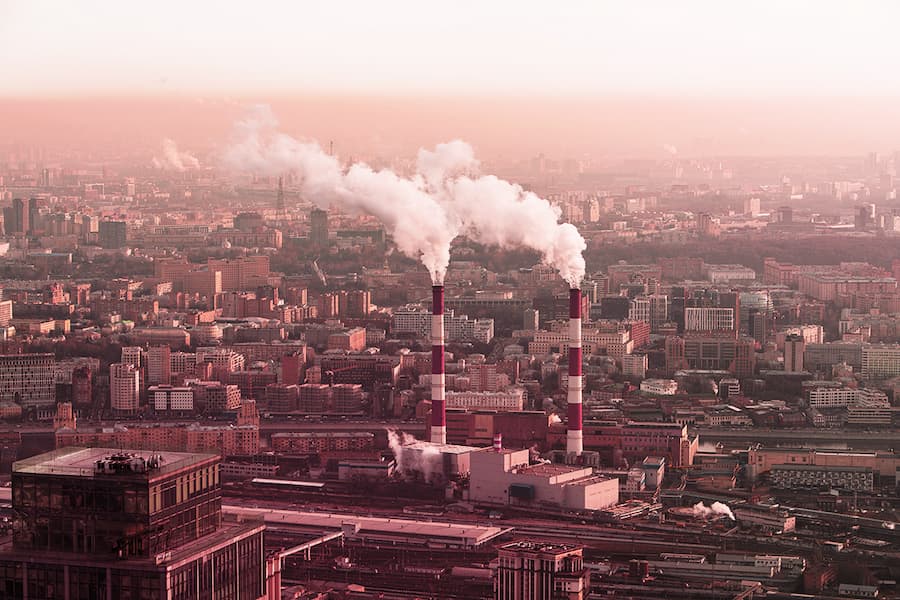 Although thermal power plants are reliable in terms of meeting energy needs, they cause many environmental problems and negatively affect nature. One of the biggest disadvantages is that the systems require large amounts of water, leading to a reduction in water resources.
Although thermal power plants are reliable in terms of meeting energy needs, they cause many environmental problems and negatively affect nature. One of the biggest disadvantages is that the systems require large amounts of water, leading to a reduction in water resources.
Another disadvantage of thermal power plants is the use of fossil fuels as a source of electricity generation. Since fossil fuels are non-renewable, thermal power plants are not a sustainable power generation system.
Even though the installation of thermal power plants is not harmful in terms of environmental pollution, the situation changes during operation. Due to the release of harmful greenhouse gases such as sulfur dioxide and carbon dioxide into the air, thermal power plants cause great environmental pollution in the long run.
In addition, some thermal power plants produce high amounts of mercury and fly ash, which pollute air, water and soil. Therefore, thermal power plants lead to an increase in the carbon footprint.
The operating and maintenance costs of thermal power plants are extremely high. In order for the machinery and other equipment in thermal power plants to be used efficiently, qualified personnel who are familiar with this equipment should be employed.
The equipment may break down frequently and therefore needs to be maintained. In addition, the transportation and storage of raw materials is costly.
History of Thermal Power Plants
To learn about the history of thermal power plants, one should first look at steam engines. The first steam-powered device was made by Hero of Alexandria in the 1st century AD under the name aeolipile.
However, it was not until the 17th century that a more advanced device was developed to use steam more efficiently and practically. In 1698, Thomas Savery patented a pump that was created by condensing steam and drawing water from mines.
This pump was not fully automatic, but had manually operated valves. Later, in 1712, Thomas Newcomen developed a steam engine with a reciprocating system and the ability to separate condensed steam from water.
In 1764, James Watt found that this steam engine developed by Newcomen consumed too much steam and concluded that this waste was caused by the single cylinder design. In 1765, Watt designed a separate condenser to reduce the amount of waste produced by the Newcomen steam engine and patented this device in 1769.
In 1776, Watt and his business partner Matthew Boulton built two steam engines with separate condensers. The developed steam engines not only reduced waste production according to their purpose, but also reduced fuel costs.
James Watt further improved this design in the following years. He added a solar planetary gear in 1781, a double piston engine in 1782, a linear motor in 1784, an impeller in 1788, and finally a pressure gauge in 1790.
Because of Watt's contribution to the steam engine and thus to the efficiency of industry, the unit of energy used by an appliance per hour was named after him in 1969. Today, the power consumed by most electrical appliances is still expressed in watts, which is recognized as the standard unit of energy.
The use of electrical energy in daily life began in 1878, and the first power station was commissioned in London in 1882. The first electricity production within the borders of Turkey was realized in 1888.
After this production in a factory built in Golden Horn Shipyard in Istanbul, electric power was produced in Tarsus outside Istanbul.
The first power generation was realized here in 1902 with a small water turbine with an output of 2 kW. The first large power plant was built in Istanbul in 1911 under the name Silahtarağa Power Plant.
The capacity of this power plant was 15 MW. In 1923, the installed power was 33 MW and the production was 45 million kWh. In 2020, the installed capacity of thermal power plants reached 46,290.9 MW.
Cost of Thermal Power Plants
Compared to other power plants, thermal power plants have low establishment costs. The average establishment cost of a thermal power plant using coal is $750 per kW, i.e. $750 million for a 1000 MW power plant. For a thermal power plant using oil or natural gas, the average establishment cost is $650 per kW.
A power plant operates for at least 30 years. A power plant with an installed capacity of 1000 MW produces an average of 7 billion kWh of energy per year.
The operating cost of thermal power plants varies according to the raw material. The biggest expense is fuel cost. In thermal power plants where natural gas and fuel oil are used, the ratio is approximately 90%, while this ratio is between 60 and 70% for coal-fired thermal power plants. There are also labor and other costs.
Establishment and operating costs are not the only costs of a power plant. There are also costs such as recycling the wastes generated and eliminating the damage to the environment, if any.
Rates of Electricity Generation by Thermal Power Plants in Turkey
Electricity generation in Turkey is realized through both renewable and non-renewable resources. When compared, it can be easily seen that non-renewable resources, and especially thermal power plants, are in the lead in energy production.
In 2020, total electricity generation in Turkey was 305,458,957.06 MWh. In 2020, hydraulic energy ranked first among the sources used in electricity generation with 78,084,434.68 MWh. Other energy sources used in electricity generation are as follows:
- Natural gas: 69,307,466.84 MWh
- Imported coal: 62,466,466.26 MWh
- Lignite: 38,148,076.03 MWh
- Wind: 24,591,438.09 MWh
- Geothermal: 9,884,548.79 MWh
- Biomass: 5,132,992.39 MWh
- Hard coal: 3,539,741.91 MWh
- Asphaltite: 2,222,875.31 MWh
- Solar: 420,223.11 MWh
- Fuel oil: 313,038.65 MWh
In addition, 11,347,655.00 MWh of unlicensed electricity generation was realized.
Looking at the order of energy sources in production, it is seen that thermal power plants meet a large portion of the electricity need in Turkey. 58% of 305,458,957.06 MWh of electricity generation is generated in thermal power plants using non-renewable resources.
Thermal Power Plants in the World
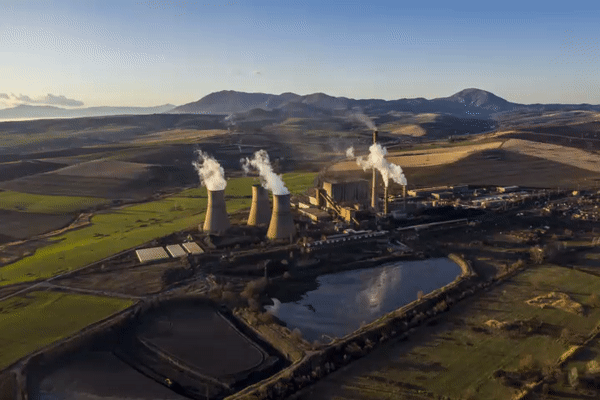 Coal and natural gas are the main sources of power generation in thermal power plants around the world. More than 2,400 coal-fired power plants are in operation in 79 countries. The total capacity of these plants is approximately 2,100 GW.
Coal and natural gas are the main sources of power generation in thermal power plants around the world. More than 2,400 coal-fired power plants are in operation in 79 countries. The total capacity of these plants is approximately 2,100 GW.
This is expected to increase to 2,276 GW with 189 coal plants under construction. China has the largest number of coal-fired power plants worldwide. China is followed by India, the USA and Japan. Tuoketuo Power Station in China is the world's largest active coal-fired power plant at 6.7 GW.
In terms of thermal power plants using natural gas, there are 7,320 active plants in 132 countries around the world. Their total capacity is 1,831,260 MW. The country with the highest number of natural gas thermal power plants in the world is the USA.
Russia and China follow the USA. The natural gas thermal power plant with the highest capacity is Surgutskaya GRES-2 in Russia with a capacity of 5,597 MW.
Comparison with Other Non-Renewable Energy Generation Methods
Although fossil fuels are the first option that comes to mind when it comes to non-renewable energy sources, there are other non-renewable energy sources. The first of these is nuclear energy.
Nuclear power plants, which generate electricity from uranium, can be considered a safer method than thermal power plants. The first reason for this is that nuclear power plants do not emit greenhouse gases that pollute the air. These facilities, which can be built in many places, do not harm the environment, surrounding creatures and their habitats.
Nuclear power plants, which are very advantageous in terms of not harming nature in operation, also have some disadvantages compared to thermal power plants.
First of all, they are very difficult to install and operate. In addition, obtaining uranium is a difficult and costly process. In addition, nuclear power plants produce radioactive waste, which can cause many different diseases in people living in the environment and exposed to it.
Another non-renewable energy source is biomass energy. Biomass, which generates electricity with the energy found in plants, can exist as long as agriculture continues. In such a case, it can be considered a renewable energy source, but if the cultivation of raw materials stops, it will turn into a non-renewable energy source.
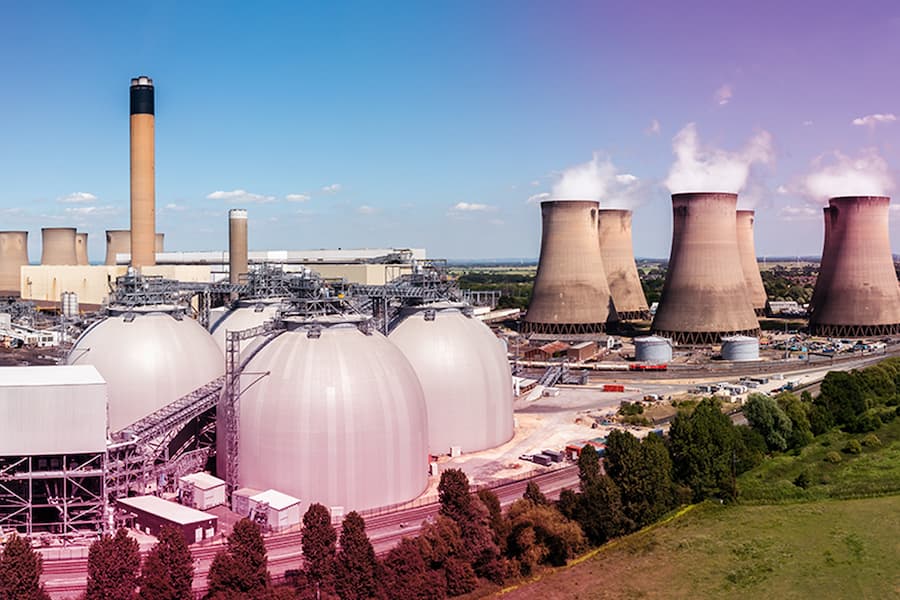
Therefore, for biomass energy to be sustainable, raw materials should be replanted in proportion to the rate of use. From this perspective, biomass energy can be seen as safer, cleaner and harmless compared to thermal power plants.
The disadvantages of biomass energy are that it is more costly than thermal power plants because biomass plants also need fossil fuels to be economically efficient.
However, if gases such as carbon monoxide, carbon dioxide, nitrous oxide and other harmful particles released during the processing of raw materials are not captured and recycled, biomass energy production can harm the environment more than fossil fuels.
You can share your thoughts on thermal power plants with us in the comments or ask us what you wonder about this topic.

 Online Services
Online Services Application Inquiry
Application Inquiry Pay Assurance Fee
Pay Assurance Fee Query Installation Number
Query Installation Number Compensation Fee Inquiry
Compensation Fee Inquiry Automatic Payment Order Inquiry
Automatic Payment Order Inquiry Partnership
Partnership
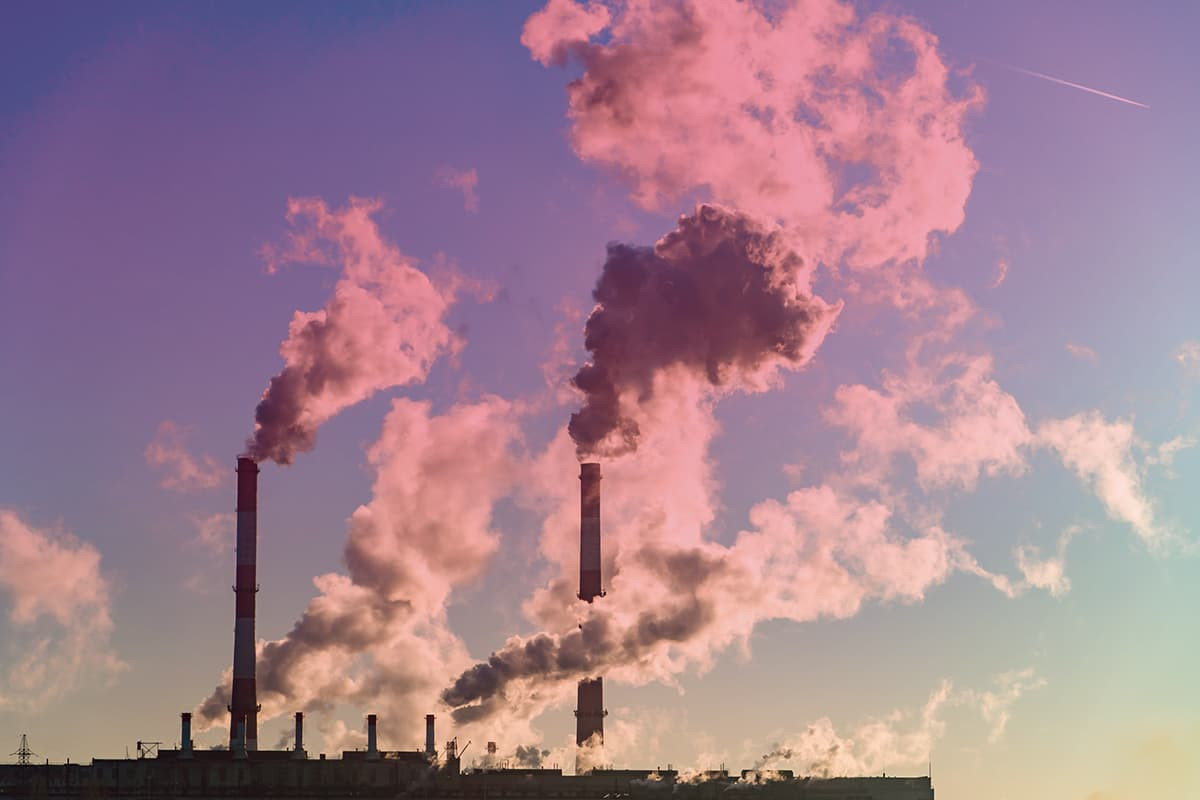
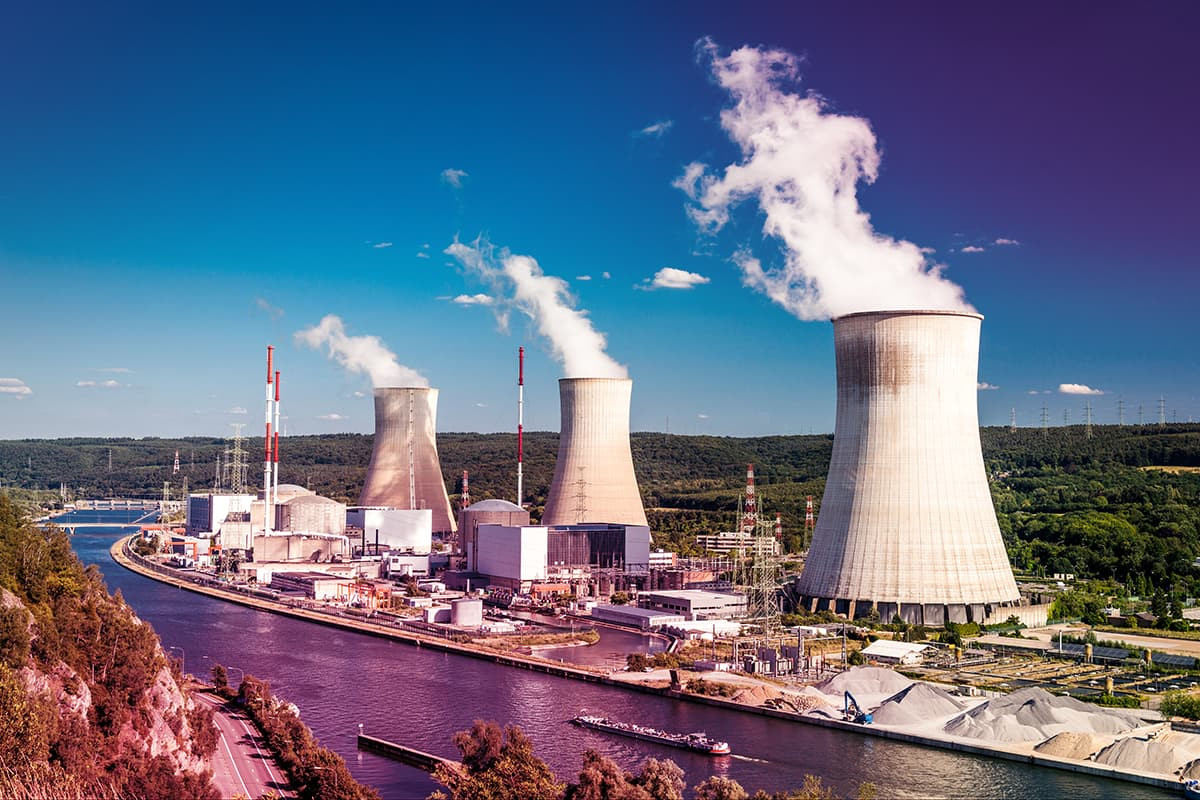
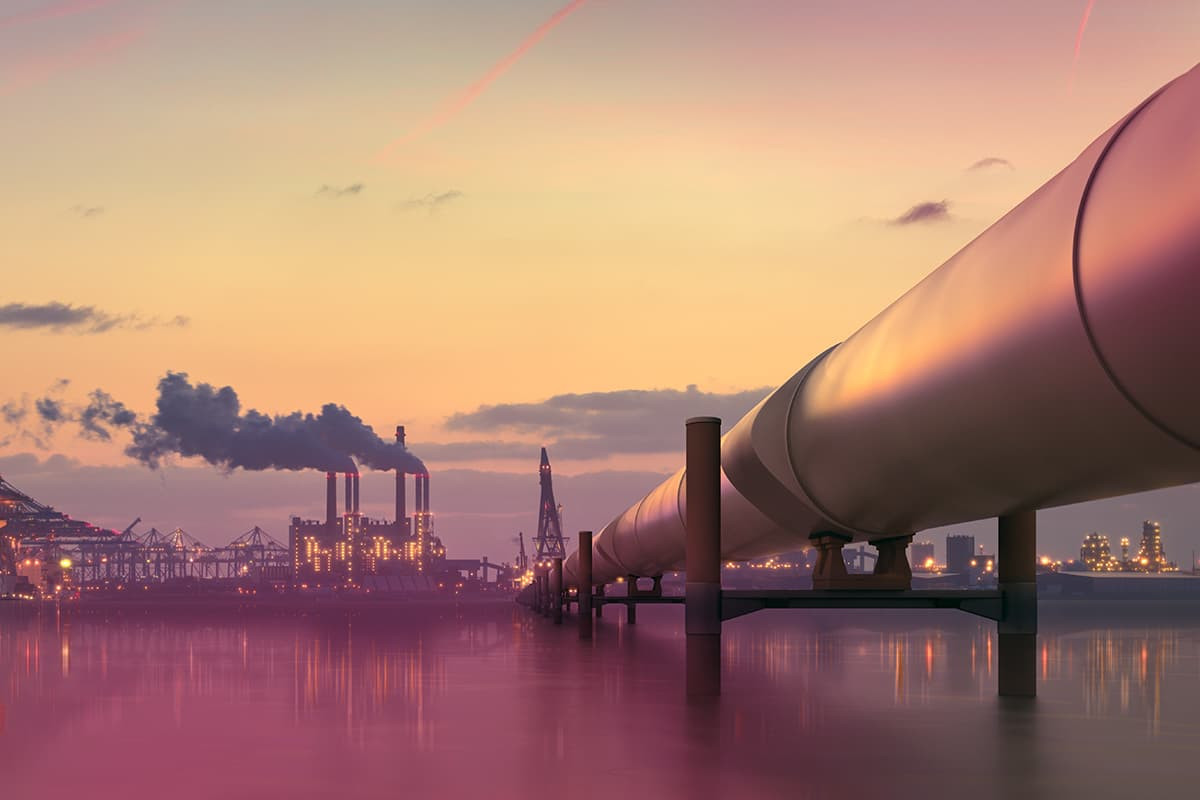
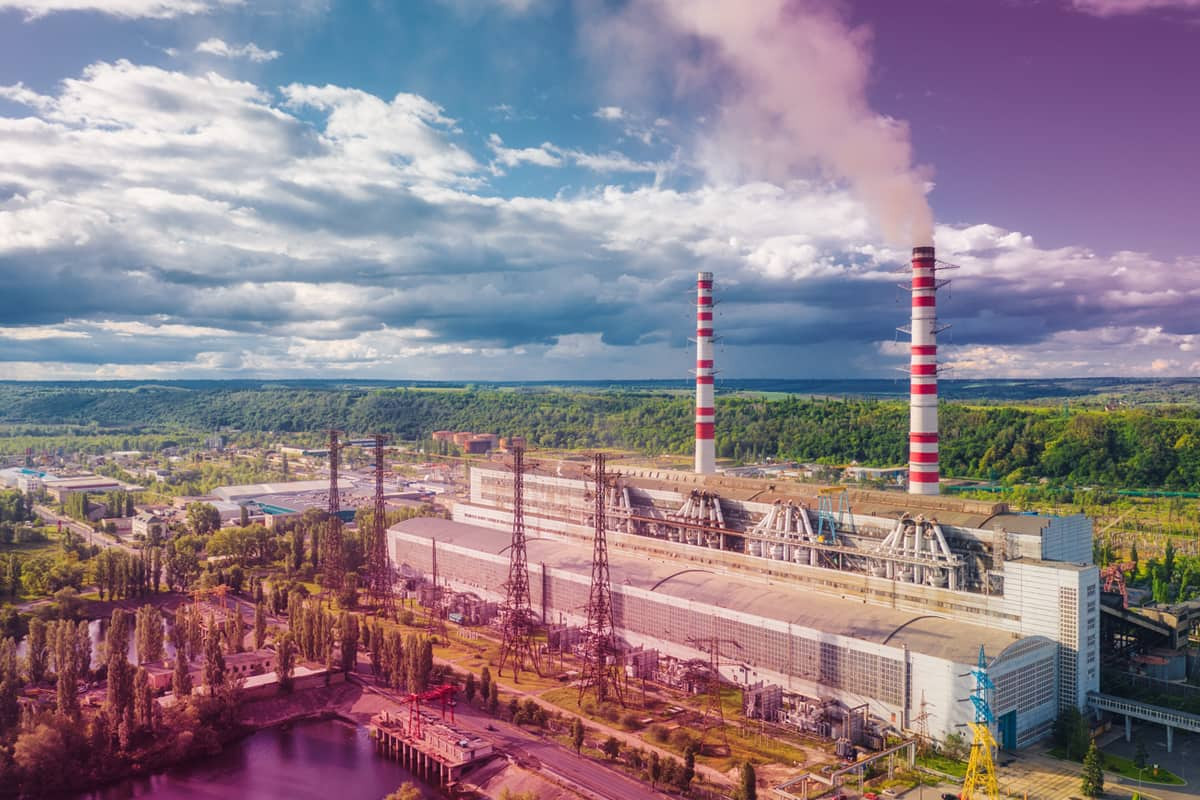

Leave a Comment
Comments (1)
E
Emrah Gökdemir
Bi santral çalışanı olarak çok beğendim emeğiniz için teşekkür ederim başarılar dilerim 👏
Aydem Perakende
Merhaba,
İlginiz için teşekkür eder, keyifli okumalar dileriz😊